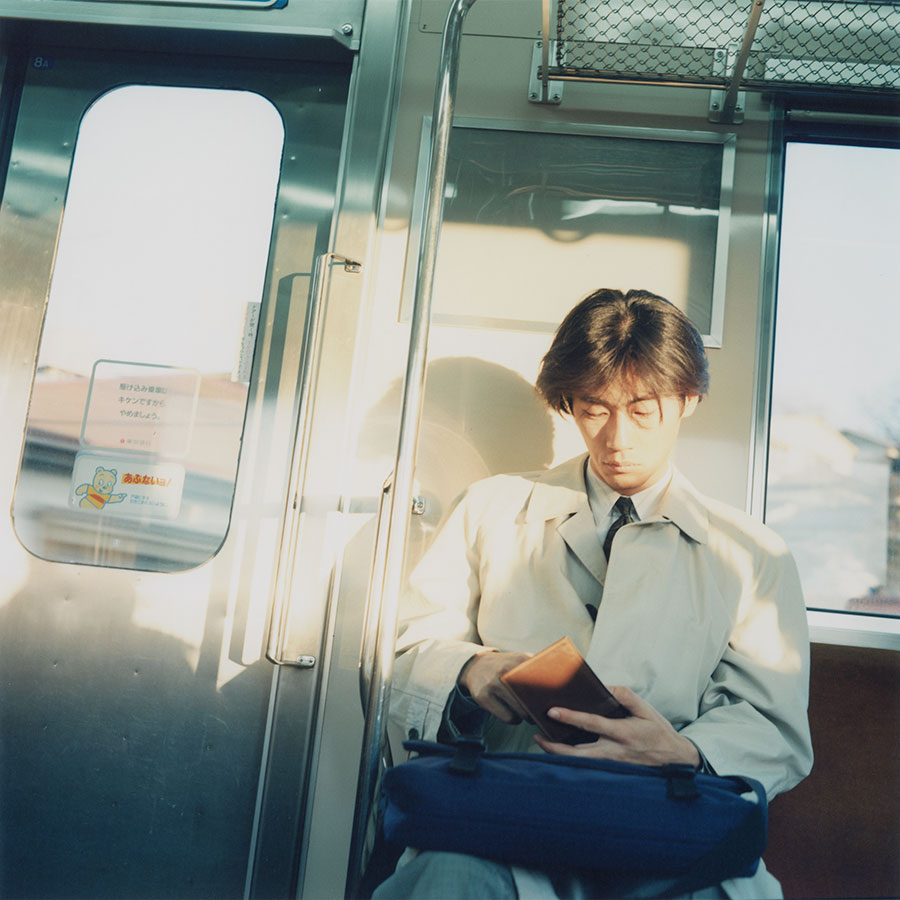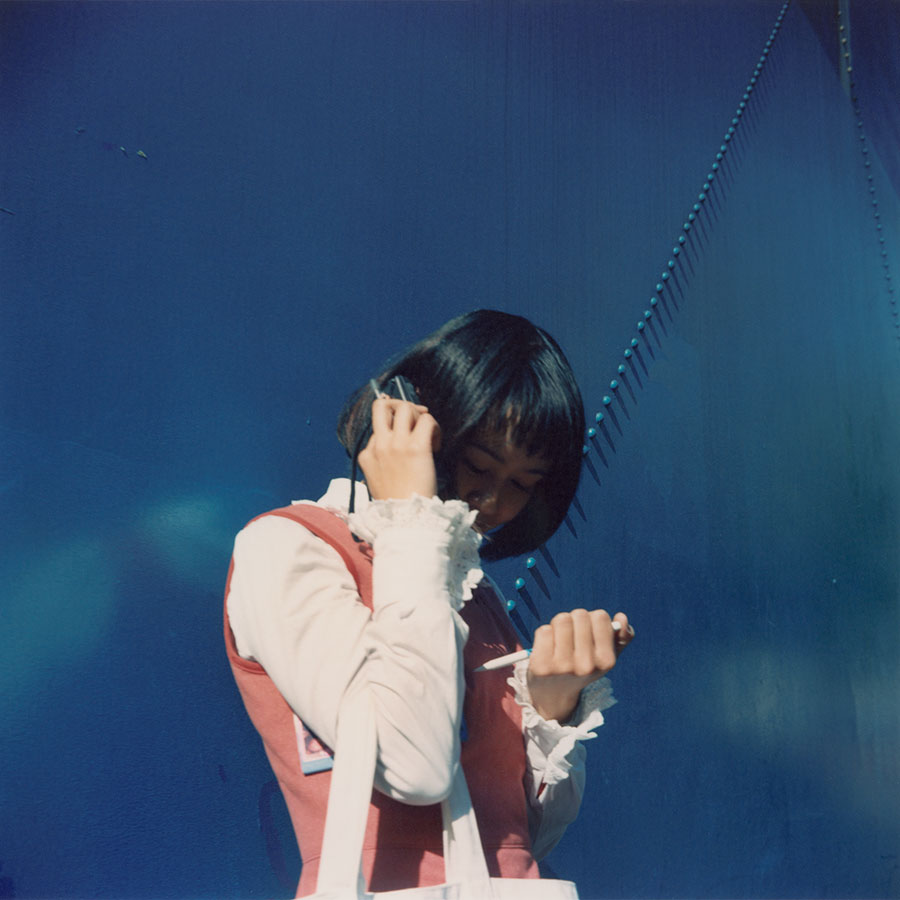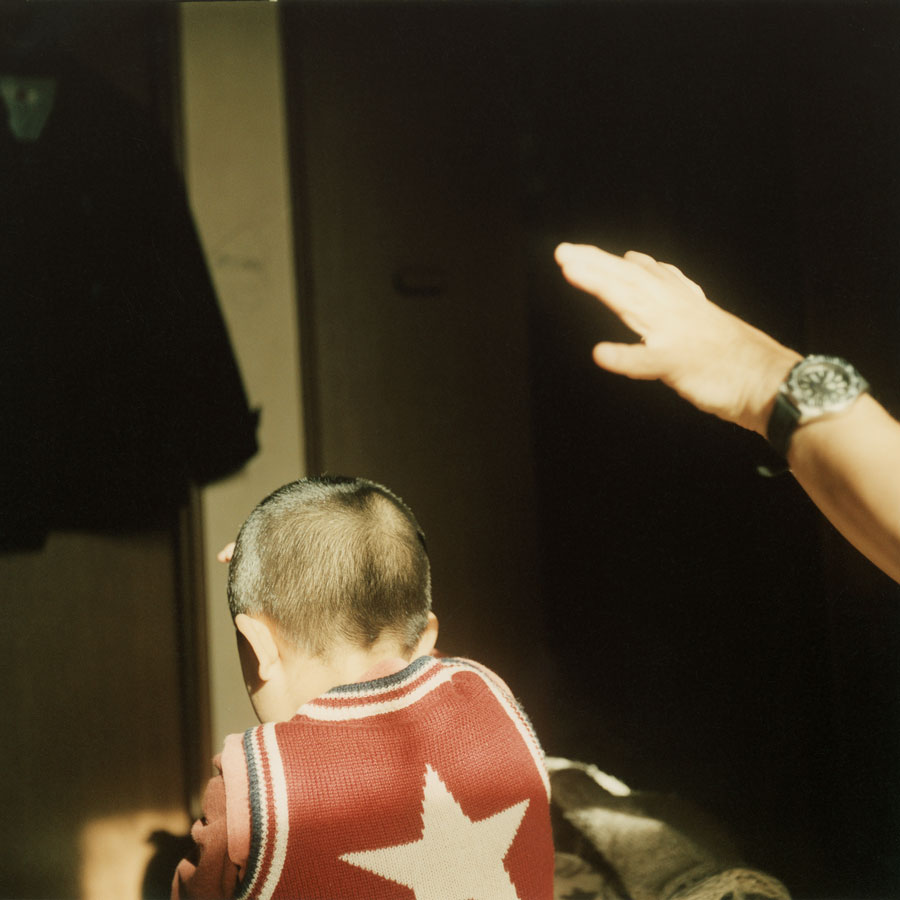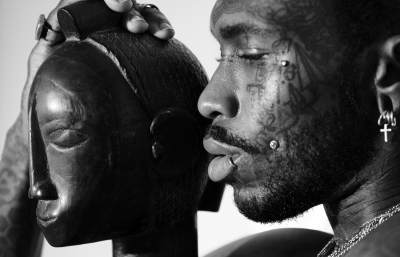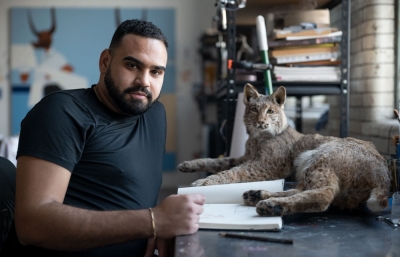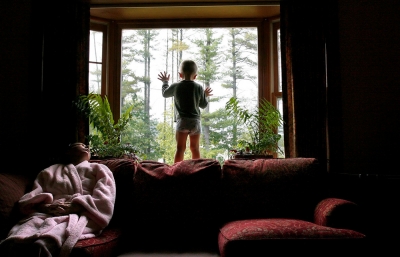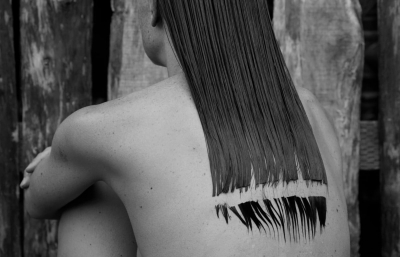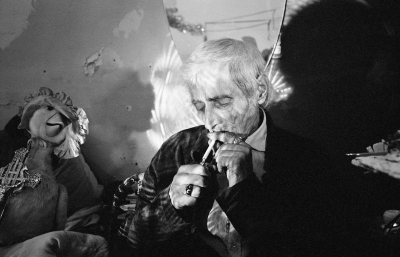“...beyond any of those details of the real, there are dreams. And everyone’s living in them.” —Haruki Murakami, Kafka on the Shore
One moment to the next, to the next, except maybe in a photograph. Maybe, because, can a moment really exist in isolation? Life is rarely experienced in real-time; it’s so often a continuous blend of present, past, and future perspectives. Thoughts race to play catch-up with time as our brains process and filter the complexities of being alive in the world. Everything overlaps. We’re here, but we’re also elsewhere.
Mikiko Hara’s photographs mirror this unpredictable ebb and flow of experience. These are moments not extracted from the world but reflections of its rhythm. People appear suspended, as if time might unexpectedly shift directions, not lost in thought so much as floating, carried along in its current. A small child stands, eyes closed, in the warm glow of sunlight. A woman’s attention is caught by something just off-frame. Outside a train window, golden flowers fly by. A koi fish presses its face against the wall of its small world. A man turns; his stare meets the camera. Inside looking out, outside looking in, all unaware of any precise instant illuminated by the click of a shutter. One moment to the last, to the past, to the next; usually, most of the time.
Mikiko’s eyes and the camera’s viewfinder rarely, if ever, meet. Their connection is more perceptual than ocular—a relationship born from coincidence but bound by instinct. “I am the one operating the camera,” she says, “but which part of the image I was looking at and which part the camera was looking at remains undifferentiated for me.” It’s a collaboration with chance, an instant that exists between seeing and feeling, decision and serendipity, ones that transcend the photographer, subject, and viewer. “I want to escape from controlling the image with my own ideas. Perhaps it is fair to say,” she concludes, “that I have intended the unintentional.”
Connections make themselves. We learn something new and begin to notice it everywhere. Maybe it was everywhere to begin with. It’s an illusion of frequency, a cognitive bias; what we see is never entirely objective. But that not-quite-articulable sensation of noticing—that out-of-nowhere feeling of an idea emerging, of intuition glimmering—carries a certain depth of authenticity found nowhere else. In a world of readily available answers, it’s an argument for uncertainty, for curiosity, and coincidence. “The camera is somewhat like a black box for me,” Hara says. “I feel that it brings something that goes beyond me, without me being able to clearly grasp what is happening.” Looking at her images is to wander in a mysterious daydream. She is this dream's author, yet it's not entirely hers, nor does it really belong to those whose lives we observe. Photographs are recollections of invisible moments, ones lived but not necessarily experienced. Maybe they make more sense than the world they’re collected from. It’s rare evidence, not of any one person’s reality but of this strange setting where we all happen to intersect—a place of magic, miracle, and of myth. —Alex Nicholson
Mikiko Hara’s latest book, Small Myths, is published by Chose Commune. This article was originally published in our WINTER 2024 Quarterly



